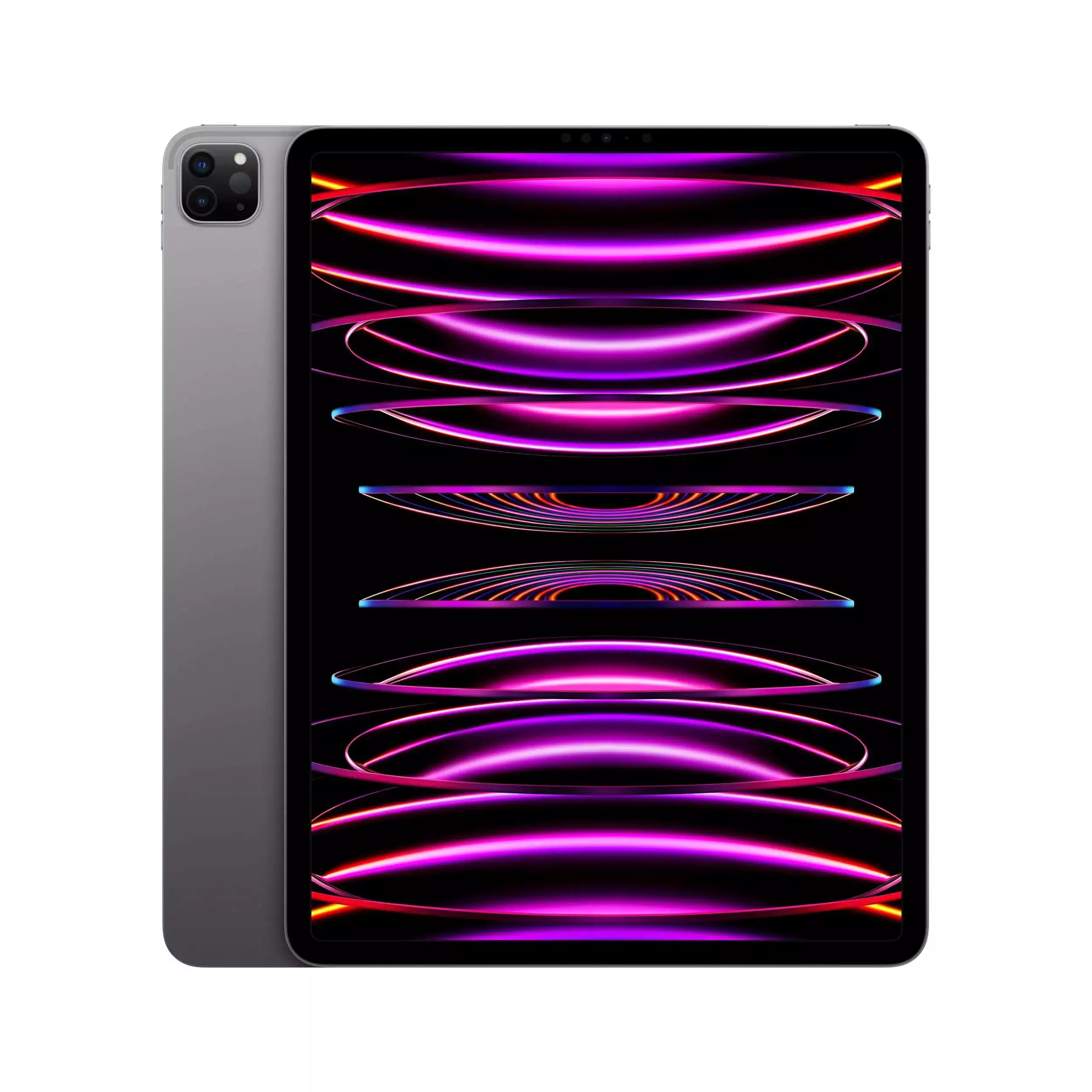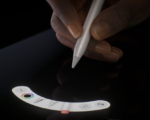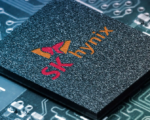During Apple’s iPad event in Cupertino on Tuesday, the company announced the introduction of OLED technology to the iPad for the first time, specifically in the new iPad Pro models. This advancement aims to enhance the visual experience by providing superior light and color accuracy, a key demand of iPad Pro users.
John Ternus, SVP of Hardware Engineering, emphasized the innovation, stating, “We’ve always envisioned iPad as a magical sheet of glass. And with the new iPad Pro, we wanted to give customers an even more remarkable visual experience.”
The challenge with traditional OLED screens is their lower brightness compared to other display technologies. Apple addressed this by developing the Tandem OLED screen, which stacks two OLED panels. This design allows the screen to support an impressive 1,000 nits of full-screen brightness for both SDR and HDR content, and 1,600 nits of peak HDR brightness, setting a new standard in display quality for mobile devices.

In addition to improved brightness, the use of OLED technology enables sub-millisecond control over the color and luminance of each pixel. This results in brighter highlights, deeper blacks, and a significant boost in the responsiveness of moving content.
Apple refers to this advanced display as the Ultra Retina XDR, which will be featured in both the new 11-inch and 13-inch iPad Pro models.
Moreover, the new iPad Pro will also offer a nanotexture glass option, a feature previously available on Apple’s high-end studio displays. Nanotexture glass is precisely etched at the nanometer scale to reduce glare by scattering ambient light, while maintaining image quality and contrast. This enhancement is designed to further improve the viewing experience, especially in brightly lit environments.


















